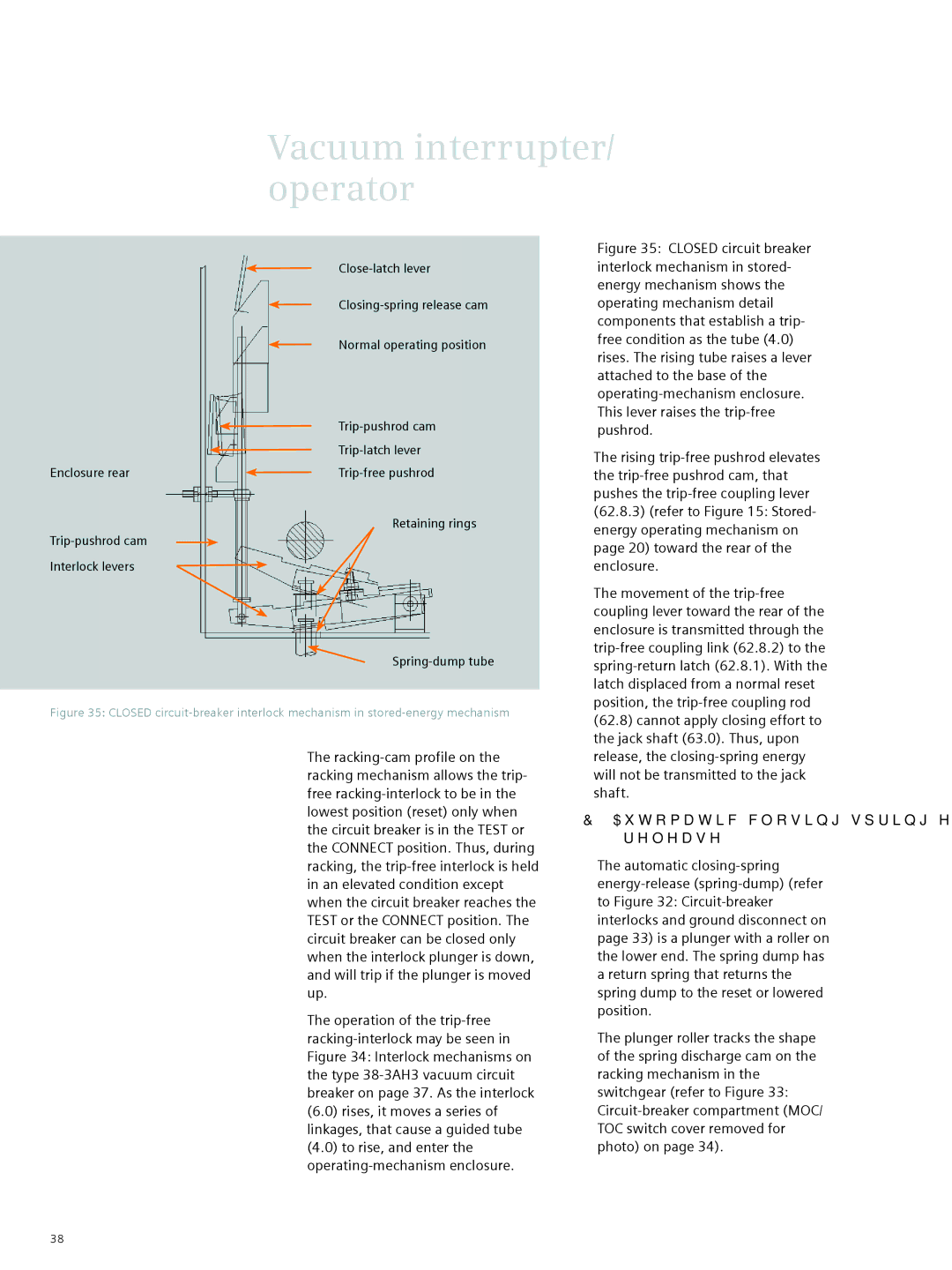38-3AH3 38 kV specifications
The Siemens 38-3AH3 is a high-voltage circuit breaker designed for medium voltage applications, particularly in substations and industrial environments. This device operates at a voltage level of 38 kV, showcasing Siemens' commitment to innovation and reliability in electrical engineering.One of the main features of the Siemens 38-3AH3 is its advanced interruption technology, which employs the proven hybrid design combining both gas-insulated and air-insulated technologies. This hybrid approach not only enhances the breaker's performance and reliability but also minimizes its footprint, making it an ideal choice for space-constrained environments.
The Siemens 38-3AH3 uses vacuum interruption technology, allowing for efficient switching with minimal wear and tear. The vacuum interrupters are highly reliable and provide excellent performance under various operating conditions. This technology ensures that the circuit breaker can handle short circuits and overloads effectively, thus protecting the entire electrical system.
Additionally, the Siemens 38-3AH3 incorporates intelligent monitoring systems. These digital technologies provide real-time data on breaker status, operational performance, and maintenance needs. This predictive maintenance capability helps operators to identify potential issues before they develop into significant problems, ultimately leading to reduced downtime and maintenance costs.
Another notable characteristic of the Siemens 38-3AH3 is its high insulation strength. Thanks to its robust design and development, this circuit breaker can withstand adverse environmental conditions, making it suitable for use in diverse geographical locations and climates. Its components are designed to resist contamination and corrosion, ensuring long-term reliability.
The Siemens 38-3AH3 also offers enhanced safety features. It includes protective relays and automatic fault detection systems that isolate faults quickly, preventing damage to downstream equipment. Furthermore, the design allows for easy maintenance, with components that are accessible without the need for extensive disassembly.
In summary, the Siemens 38-3AH3 38 kV circuit breaker is a leading solution in high-voltage protection and control, characterized by its advanced interruption technology, integrated monitoring systems, high insulation strength, and user-friendly maintenance features. Its innovative design and engineering make it a trusted choice for utilities and industrial facilities aiming to enhance the reliability and safety of their electrical systems.

